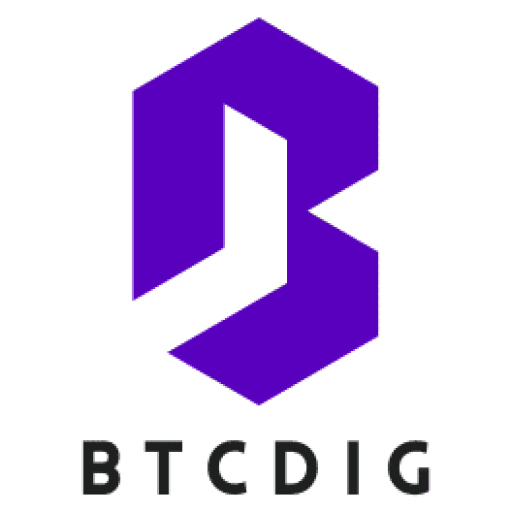With the soaring demand for clean, renewable energy, researchers worldwide are tirelessly pursuing innovative solutions to boost the efficiency of solar cells. Among them, quantum dot solar cells (QDs) have emerged as a promising field of study. The mysterious world of quantum physics and nanotechnology has paved the way for exciting advancements in solar energy harnessing. Let’s explore the cutting-edge developments in quantum dot solar cell efficiency and their implications for our energy future.
Quantum Dots and Solar Energy: A Perfect Match?
When you think about solar cells, the first thing that might come to mind is the traditional silicon-based panel that you often see on rooftops. However, researchers at various universities and other scholarly institutions have discovered that tiny particles known as quantum dots could revolutionize how we harness the sun’s energy.
A lire également : What Innovations in AI Are Improving the Precision of Earthquake Early Warning Systems?
Quantum dots are nanoscale semiconductor particles that possess unique light-absorbing properties. Their ability to absorb and emit light at specific wavelengths has sparked interest in their potential usage in solar cells. Additionally, quantum dots synthesized from perovskite materials have shown even greater promise due to their high light absorption efficiency and tunable band gap.
Enhancing Efficiency with Perovskite Quantum Dots
Perovskite-based quantum dots are at the forefront of research in this domain. These materials are garnering attention for their high light absorption coefficient, long carrier lifetime, and easy processability.
A voir aussi : Can AI Predictive Algorithms Enhance Weather Forecasting for Agriculture?
The efficiency of a solar cell depends on how well it can convert absorbed light into electrical energy. In a typical solar cell, efficiency losses occur when high-energy photons generate carriers that quickly lose energy as heat, a phenomenon known as thermalization. However, quantum dots can circumvent this issue through a process called multiple exciton generation (MEG).
MEG allows quantum dots to produce more than one electron-hole pair from a single high-energy photon, significantly increasing the cell’s energy conversion efficiency. Perovskite quantum dots are especially adept at MEG, putting them in the spotlight for efficiency improvements.
Layered Structures for Stability and Efficiency
While perovskite quantum dots offer impressive efficiency, they have been plagued with stability issues. Exposure to moisture, heat, and UV light can degrade the quantum dot solar cells, diminishing their performance over time. To overcome this, researchers have turned their attention to layered structures.
In a layered solar cell, quantum dots are sandwiched between other materials that protect them from external factors while allowing them to do their job. For example, a thin layer of organic material can prevent moisture penetration, while a layer of metal oxide can prevent UV damage. These layered structures have shown promising results in enhancing the stability and efficiency of quantum dot solar cells.
The Future of Quantum Dot Solar Cells
As 2024 progresses, the quest to improve quantum dot solar cell efficiency continues unabated. Despite the challenges that lie ahead, the potential of quantum dots in solar energy harnessing is undeniable. The flexibility in size, shape, and composition of these tiny particles could lead to a new era of photovoltaics, offering a clean and efficient energy solution.
The dots are not only confined to research labs but are also making their way into commercial applications. The high light-absorbing capability of quantum dots, coupled with the potential for layer-by-layer assembly, opens up opportunities for designing highly efficient, flexible, and lightweight solar panels.
Moreover, the use of perovskite materials in quantum dots brings the promise of low-cost production. Perovskite materials are abundant and relatively easy to synthesize, making them a cost-effective option for large-scale solar cell production.
In conclusion, advancements in quantum dot solar cells are driving unprecedented developments in solar technology. While there is still a long way to go before these cells can compete with silicon-based cells in terms of efficiency and stability, the progress made so far suggests a bright future for quantum dot solar cells. With ongoing research and development, quantum dots could soon become a mainstream solution for sustainable, renewable energy.
Quantum Dots and Google Scholar’s Contribution to Research
In the academic and scientific world, Google Scholar has emerged as a popular platform for scholars to uncover a wealth of information on various topics, including quantum dot solar cells. This platform hosts a vast collection of scholarly literature, including articles, theses, books, conference papers, patents, and more. This abundance of resources has greatly facilitated the research on quantum dot solar cells, allowing scientists to keep track of the latest advancements, find articles from other researchers, and contribute with their own findings.
When it comes to quantum dot research, Google Scholar hosts numerous studies discussing the various methods to improve the efficiency of solar cells. The perovskite solar cells, for instance, have been widely studied. Their high efficiency, tunable band gap, and low production cost make them ideal candidates for future solar cell designs.
Some researchers, for example, the ones at the University of Queensland, are focusing on the ligand exchange process to improve the stability of perovskite quantum dots. These studies aim to eliminate the need for toxic lead in the dots, potentially making them safer for the environment.
Simultaneously, other scholars are investigating the potential of thin film quantum dot solar cells. They are leveraging the flexible and lightweight nature of thin films to design solar cells that are not only high in power conversion efficiency but also easy to install and transport.
The Unfolding Future: From Lab to Reality
Based on the information sourced from Google Scholar, PubMed, and various other research platforms, the future of quantum dot solar cells is undoubtedly promising. Quantum dots have already shown potential for a high efficiency conversion rate and the ability to overcome the limitations of traditional solar cells.
Quantum dots’ flexibility allows them to be molded into any size, shape, and composition, opening a new window for solar energy harnessing. Their high absorption capability, combined with the possibility of layer-by-layer assembly, paves the way for the development of more efficient, flexible, and lightweight solar panels.
On top of this, the use of perovskite materials in quantum dots holds the promise of low-cost production. Since perovskite materials are abundant and relatively easy to synthesize, they can make large-scale solar cell production more cost-effective.
Conclusion: A Bright Future for Quantum Dot Solar Cells
In conclusion, it is clear that advancements in quantum dot solar cells are leading to groundbreaking developments in solar technology. Despite the challenges that persist, particularly in terms of efficiency and stability, the progress thus far indicates a brilliant future for quantum dots in solar energy.
The flexibility of quantum dots, their high absorption capability, potential for layer-by-layer assembly, and the promise of low-cost production using perovskite materials all point towards their becoming a mainstream solution for renewable energy. As research progresses and more discoveries are made, we could soon see quantum dot solar cells making their way from the lab to rooftops around the world, becoming a key player in the renewable energy sector.
With the world moving towards cleaner and sustainable energy solutions, quantum dot solar cells could be a game-changer, promising high efficiency, flexibility, and cost-effectiveness. As we continue our journey through 2024, we can look forward to more exciting developments in this field.






